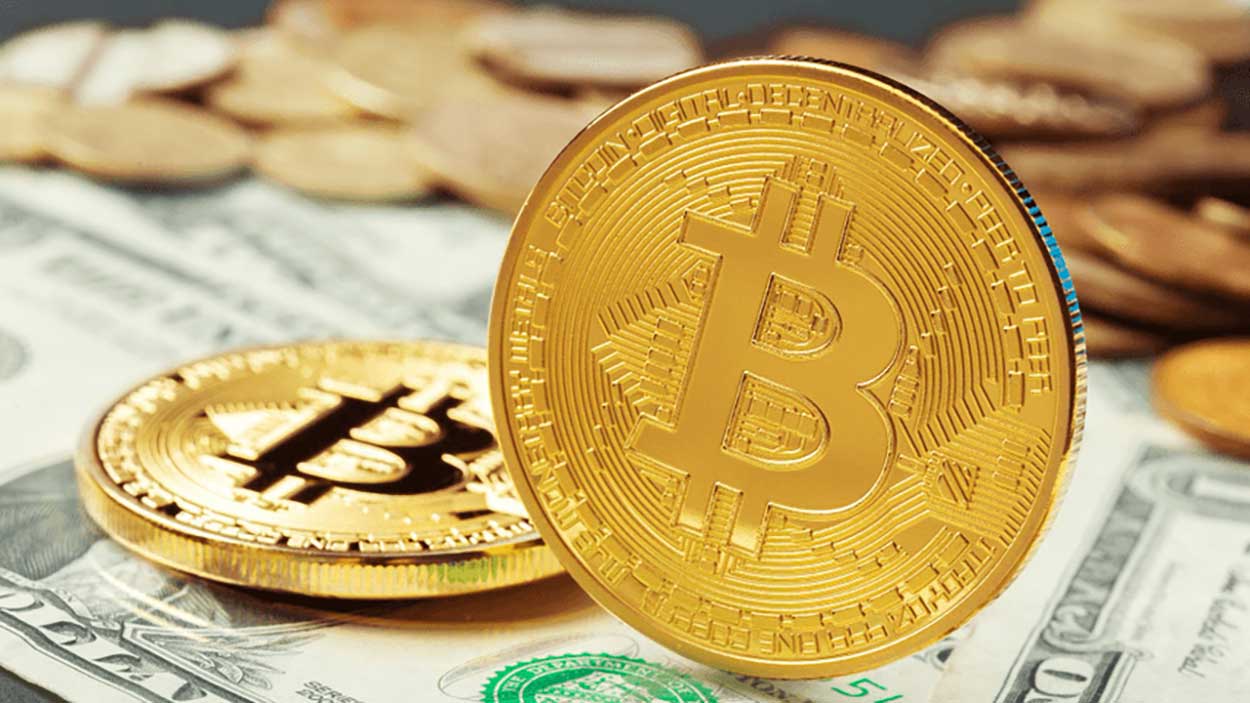
In today’s digital age, the concept of currency has transcended physical boundaries. Enter Bitcoin, a decentralized digital currency that has revolutionized the way we perceive and conduct financial transactions. But can you spend Bitcoin in physical stores? Let’s dive into the world of Bitcoin adoption and explore how you can use this digital asset to make purchases in brick-and-mortar establishments.
What is Bitcoin?
Before we delve into spending Bitcoin in physical stores, let’s grasp the basics. Bitcoin, often referred to as digital gold, is a decentralized cryptocurrency created an unknown person or group of people using the pseudonym Satoshi Nakamoto in 2009. Unlike traditional currencies issued governments, Bitcoin operates on a peer-to-peer network, allowing for secure and transparent transactions without the need for intermediaries like banks.
The Rise of Bitcoin Adoption
From its humble beginnings to its current status as a global phenomenon, Bitcoin has come a long way. Initially met with skepticism and uncertainty, Bitcoin has gradually gained acceptance as a legitimate form of payment. The journey from the dark corners of the internet to mainstream adoption has been marked significant milestones, including the first Bitcoin transaction for a physical product – two pizzas purchased for 10,000 BTC in 2010.
Challenges in Spending Bitcoin in Physical Stores
While Bitcoin adoption has soared in recent years, challenges remain when it comes to spending Bitcoin in physical stores. One of the primary obstacles is the lack of widespread merchant adoption. Although major companies like Microsoft, Overstock, and Shopify accept Bitcoin, many smaller businesses are still hesitant to embrace cryptocurrency due to regulatory uncertainties and technical barriers.
Solutions to Overcome Challenges
Despite the challenges, solutions are emerging to facilitate Bitcoin transactions in physical stores. Bitcoin payment processors such as BitPay and Coinbase Commerce enable merchants to accept Bitcoin payments seamlessly, converting them into local currency instantly to mitigate the risk of price volatility. Moreover, integration of Bitcoin into traditional payment systems like Visa and Mastercard paves the way for broader acceptance at point-of-sale terminals.
How to Spend Bitcoin in Physical Stores
So, how can you spend Bitcoin in physical stores? Several methods make it possible. One option is to use Bitcoin debit cards, which allow you to load Bitcoin onto a card linked to your wallet and use it for purchases at any store that accepts debit or credit cards. Alternatively, mobile wallets and payment apps like Coinbase and BitPay offer QR code scanning functionality, enabling you to pay directly from your smartphone at participating merchants.
Benefits of Spending Bitcoin in Physical Stores
The benefits of spending Bitcoin in physical stores extend beyond convenience. Bitcoin transactions are fast and secure, leveraging blockchain technology to ensure transparency and immutability. Additionally, compared to traditional payment methods, Bitcoin transactions typically incur lower fees, making it an attractive option for both consumers and merchants alike.
Risks and Precautions
However, it’s essential to be aware of the risks associated with spending Bitcoin in physical stores. Security concerns, such as the risk of hacking and fraud, are inherent in any digital transaction. It’s crucial to safeguard your Bitcoin using reputable wallets and implementing robust security measures, such as two-factor authentication and encryption. Moreover, understanding transaction fees and exchange rates is essential to avoid overpaying for goods and services.
Examples of Retailers Accepting Bitcoin
Despite the challenges, an increasing number of retailers are embracing Bitcoin payments. Leading brands like Starbucks, Whole Foods, and Home Depot now accept Bitcoin through third-party payment processors or direct integration into their payment systems. This trend signals a growing acceptance of cryptocurrency as a legitimate means of exchange in the retail sector.
The Future of Bitcoin in Retail
What does the future hold for Bitcoin in retail? Many experts predict a continued surge in adoption as the infrastructure for Bitcoin payments continues to improve. Innovations such as the Lightning Network, Buying and selling bitcoin, which enables instant and low-cost Bitcoin transactions, hold promise for further mainstream acceptance. As regulatory clarity increases and consumer confidence grows, Bitcoin’s presence in physical stores is poised to expand further.
Conclusion
In conclusion, while challenges remain, spending Bitcoin in physical stores is increasingly feasible thanks to technological advancements and growing merchant acceptance. Whether using Bitcoin debit cards, mobile wallets, or direct integration with payment systems, consumers have more options than ever to use Bitcoin for everyday purchases. As the landscape continues to evolve, Bitcoin’s role in retail is likely to become more prominent, ushering in a new era of digital commerce.


